Oppo Find 7: is the higher price worth the same performance?
This article may contain personal views and opinion from the author.
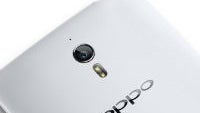
Earlier today, the first set of benchmarks came out to compare the Oppo Find 7 and its lower-cost sibling, the Oppo Find 7a. The results weren't exactly surprising, if you've been paying attention to what Motorola has been saying for the past year, but it does bring up an important question: is it worth a higher price tag to get the same relative performance?
Obviously, there are a couple key differences between the Oppo Find 7 and 7a which are not reflected in the benchmarks. The display on the Find 7 is much higher resolution, so (theoretically) it will look sharper and nicer, though that has yet to be proven because the devices haven't been released yet. Also, the camera on the Find 7 uses a special process to merge multiple shots together into a 50MP image. The leaked photos that have come out show that this process does produce better images in general, but there have also been indicators that the color reproduction isn't quite as good as what you'd find on the Oppo Find 7a.
But, the real thing that I want to talk about here is this constant struggle between performance and specs. There are quite a few of you out there who fall firmly on the side that argues specs always win out, no matter what. And, there are a those (either fewer in number or less vocal), who agree with me that specs don't matter as much as the daily performance that you get from a device. The two are not mutually exclusive, but at the same time, there is often a disconnect between specs and performance.
The benchmarks
Just to start out, it should be mentioned that the Find 7 processor may not be that much faster than the Find 7a. There is a bit of a difference in what has been reported and what the benchmarks show. We know for sure that the Oppo Find 7 uses the Snapdragon 801 MSM8974-AC, which has a clock speed of 2.5GHz, and a GPU speed of 578MHz. The reports have said that the Find 7a features a 2.3 GHz Snapdragon 800 processor, which would mean that it also features a slower GPU, likely clocked at 550MHz, depending on the processor model. But, the benchmarks indicate that the Find 7a is using the Snapdragon 801 MSM8974-AB, which has a CPU clock speed of 2.3GHz, but the same GPU speed (578MHz) as you'd find with the chip in the Oppo Find 7.
Either way, the speed differences between the two devices are minimal, which would mean that the two biggest differences that have an effect on performance between these two devices would be in the display technology and the fact that the Find 7 features 3GB of RAM compared to just 2GB of RAM in the Find 7a. And, if you dig deeper into the specs, you'll see that whatever the spec differences are, they don't amount to much for the Oppo Find 7.
As was mentioned in the earlier post, the Find 7a scored a bit higher on the Basemark GPU test than its higher-spec brother. The difference wasn't huge (61.19 compared to 59.61), but it was certainly an interesting result. The general assumption is that the much higher resolution on the Find 7 (1440 x 2560) takes a lot more processing power to operate than the 1080p display found on the Find 7a. If the two devices are using the same GPU, the difference is understandable, but if the Find 7a is using a slower GPU, the difference is much more telling. But, the GPU test isn't the only place where you'll find this performance issue.
The other benchmarks run show a similar bend towards the Find 7a. There were a few other tests run, and while most were fairly even, the numbers usually gave the edge to the Find 7a. On the Quadrant benchmark, the Find 71 scored a 22,234 compared to a 22,126 for the Find 7; the Vellamo HTML5 test was similarly close at 2,967 for the Find 7a and 2,988 for the Find 7; and, the Metal memory tests came out at 1,308 for the Find 7a and 1,371 for the Find 7. The biggest difference between the two was in the Antutu score, where the Find 7a scored an impressive 37,198 compared to 35,424 for the Find 7.
The other benchmarks run show a similar bend towards the Find 7a. There were a few other tests run, and while most were fairly even, the numbers usually gave the edge to the Find 7a. On the Quadrant benchmark, the Find 71 scored a 22,234 compared to a 22,126 for the Find 7; the Vellamo HTML5 test was similarly close at 2,967 for the Find 7a and 2,988 for the Find 7; and, the Metal memory tests came out at 1,308 for the Find 7a and 1,371 for the Find 7. The biggest difference between the two was in the Antutu score, where the Find 7a scored an impressive 37,198 compared to 35,424 for the Find 7.
Is the Oppo Find 7 worth it?
Again, if the two devices really are using essentially the same chipset, but with a different CPU clock speed, the similarities in benchmark performance is understandable. But, if the Find 7a really does have the Snapdragon 800 as reported earlier, it shows that the hardware of the Find 7 is affecting the performance of its internals quite a bit. And, those effects won't stop just at the speed performance either.
There is a reason why the Oppo Find 7 features a slightly larger battery than you'll find in the Find 7a (3000mAh compared to 2800mAh). The higher resolution display doesn't just take more GPU power to perform at the same level, but pushing that many pixels takes quite a toll on the battery life that you'll get from a device. The display on your smartphone is currently the most power-hungry component on the device, and upping the specs on that display is going to make it even more power-hungry. The tests haven't been run yet, but it wouldn't be surprising to see the Oppo Find 7a beat out the 7 in battery life, even with the smaller pack. The best case scenario for the Find 7 is to have battery life that is on par with the lower-cost 7a.
The arguments for the higher specs don't really hold here. The usual argument is that higher specs means that the device is "more future proof", but if those higher specs can't even generate as good performance right now, the future doesn't seem all that bright. Additionally, if you're looking at the two devices side by side, you'll likely notice that the Find 7 display is sharper than the Find 7a, but the comparison that has leaked out shows that the Find 7a has better color reproduction, which often impacts a user's opinion more than resolution. Either way, those are differences that will likely fade from your consciousness once you're not comparing them directly anymore. The camera is potentially also a difference maker between the two devices, but given the relative parity in performance that may exist between the Find 7 and the 7a, it could almost be like paying $100 more just for the slightly better camera. And, since the majority of you are unlikely to be printing billboard signs from your photos, the 50MP trick may not make much difference in regular usage.
So, if you're in the store, and you're looking at two devices: one has "faster" internal components, a larger battery, a higher resolution display, and potentially a better camera; but, the other is $100 cheaper and offers performance on par, or even better than the more costly option, which do you choose?





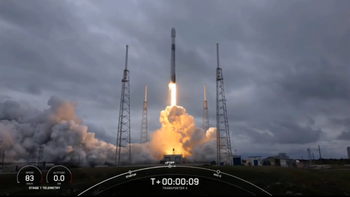


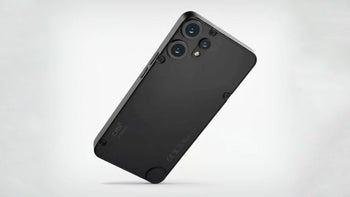
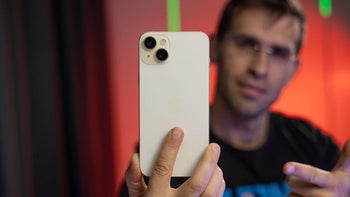
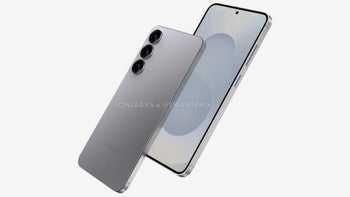


Things that are NOT allowed: